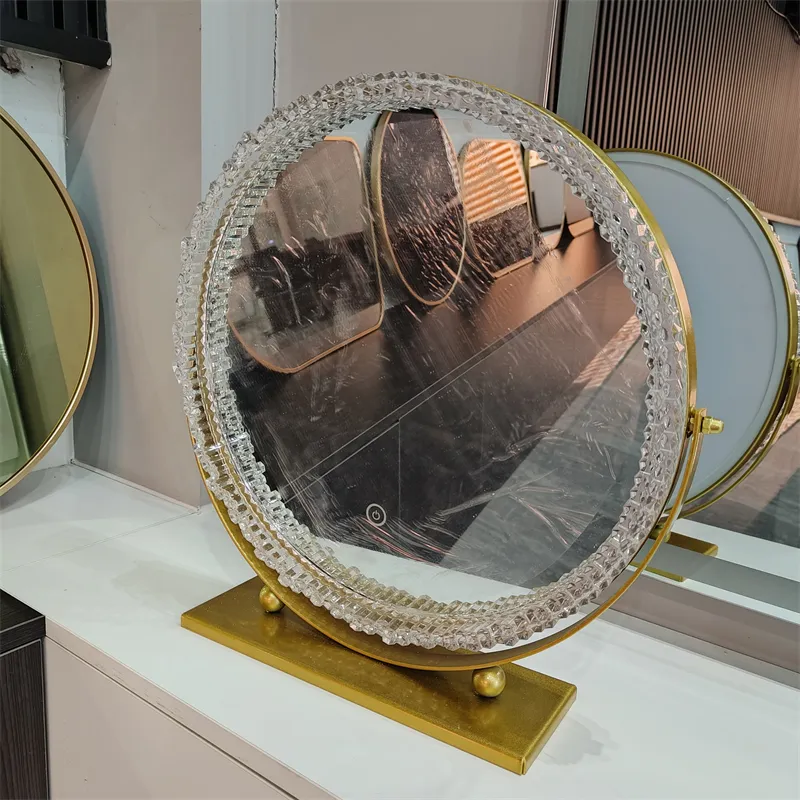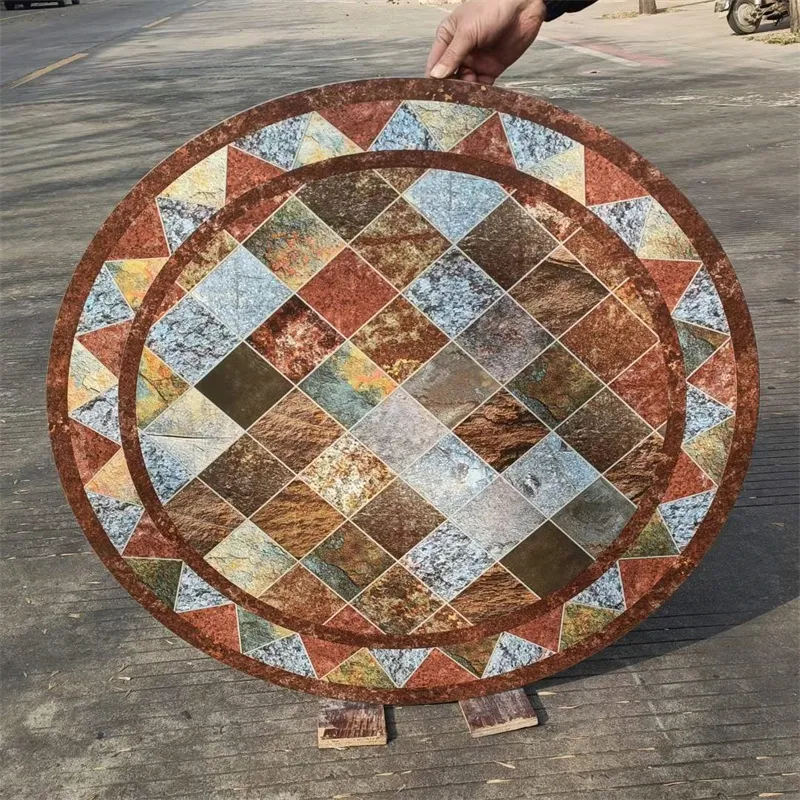Sep . 02, 2024 11:46 Back to list
sandblast etching
The Art and Science of Sandblast Etching
Sandblast etching, also known as sandblasting or abrasive blasting, is a remarkable technique that combines artistry with engineering precision. This method involves using high-pressure air or water to propel abrasive materials—typically sand or other fine particles—against a surface, leaving behind intricate designs and patterns. Its applications span a variety of fields, including glass, stone, metal, and even wood, making it a versatile choice for artists, manufacturers, and architects alike.
The process begins with the selection of a suitable substrate. Glass is a popular choice due to its transparency and ability to catch light, enhancing the overall visual appeal of the etched design. The artist or technician typically starts by applying a stencil to the surface to outline the desired pattern. This stencil serves as a protective layer, preventing the abrasive from affecting unwanted areas and allowing for clean, precise lines.
Once the stencil is in place, the sandblasting process begins. Using a specialized machine, compressed air is directed towards the abrasive material, creating a stream that can be adjusted in terms of pressure and distance. This adaptation not only determines the depth of the etching but also the texture of the final product. A higher pressure results in deeper etchings, while lower pressure is ideal for fine details and more delicate designs.
sandblast etching

One of the most fascinating aspects of sandblast etching is its ability to produce varying effects based on the type of abrasive used
. For example, silica sand can create a frosted texture, while aluminum oxide produces a sharper, more defined etched line. This flexibility allows artists to experiment and achieve the desired aesthetic outcome, inviting creativity and innovation.In addition to artistic applications, sandblast etching finds its place in industry for functional purposes. It is used to create labels, logos, and decorative elements on products, enhancing their visual appeal while also providing necessary information. Furthermore, in architectural design, sandblasted glass panels can transform ordinary spaces into extraordinary environments, offering both beauty and functionality.
In conclusion, sandblast etching is more than just a technique; it is an intersection of art and technology. With its ability to create stunning visuals and serve practical purposes, it continues to captivate artists and consumers alike. As advancements in technology emerge, the potential for innovation within sandblast etching seems limitless, offering exciting opportunities for the future of design and craftsmanship.
-
Safety and Style with Premium Laminated Glass Solutions
NewsJun.24,2025
-
Reinvents Security with Premium Wired Glass
NewsJun.24,2025
-
Premium Float Glass Line for Modern Architecture
NewsJun.24,2025
-
Low Emissivity Glass for Energy-Efficient Architecture
NewsJun.24,2025
-
High-Performance Insulated Glass Solutions for Modern Architecture
NewsJun.24,2025
-
Elevates Interior Style with Premium Silver Mirror
NewsJun.24,2025
Related PRODUCTS














